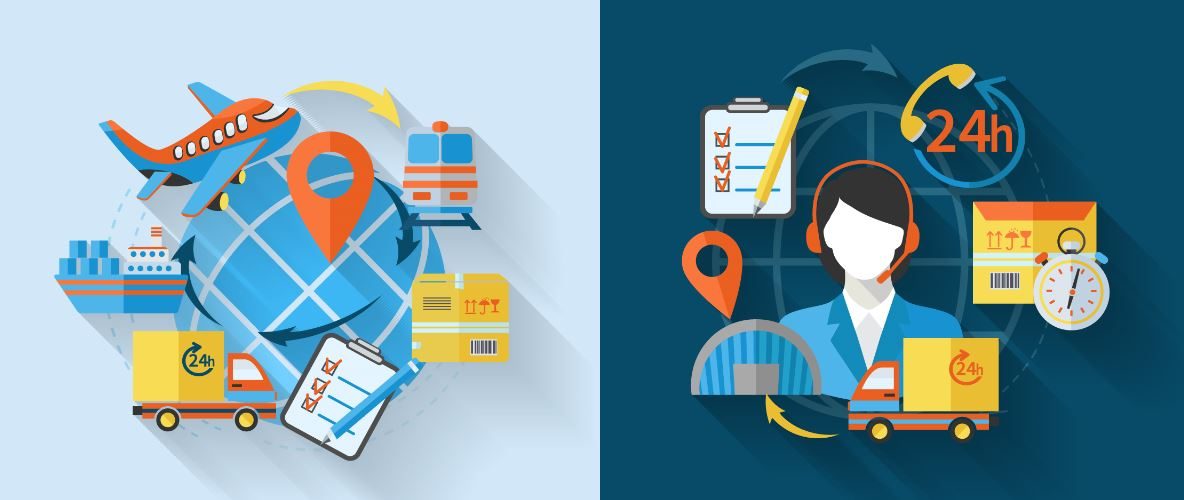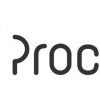
Much is heard about B2B and B2C markets, but do you know how they differ from each other?
One thing is certain: both grow exponentially, despite being focused on different business processes.
In this post, we will address all the points that distinguish these two trade models, so no one will have doubts on the subject any longer.
B2B X B2C: what’s the difference?
The main difference between B2B (Business to Business) and B2C (Business to Consumer) business models lies in the types of customer and operation.
When B2B is considered, the customer is usually another company, buying consumption products that will be resold, or raw materials for their production chain. In general, these are wholesale operations for corporate use or resale.
In the B2C case, the sale occurs with the end customer, who is normally an individual. A good example: the operations that take place daily in physical stores and major e-commerce players.
B2B commerce is growing exponentially in the market
Despite the fact that retail operations seem more relevant to the vast majority of people, B2B transacts at least twice as much as the B2C model. This is due to the high volume of products and inputs that companies require on a daily basis to keep up and running.
According to a survey by Forrester Research, the inter-company market may reach a staggering US$1.8 trillion in transactions by 2023.
But to understand each model a little more, let’s talk about the operations involved in each one.
B2B operations
There are some operation models adopted by the B2B market:
- Transformation:
A factory sells its products to other companies, which will use them in their production chains. - Resale:
A factory, importer or wholesaler sells to distributors, resellers or retailers. - Consumption:
Companies sell domestic consumer products to other ones, such as bond paper, pens, cleaning supplies and coffee, or goods such as TVs, furniture, cars, etc. This kind of purchasing operation doesn’t include the business core, as in the examples above.
B2C operations
In B2C, operations can be also quite varied, but always targeting the end consumer. See some examples below:
- Stores selling electric and electronic appliances, clothing, shoes, books and other products to the end customer.
- Companies selling services, such as concert, park and movie tickets.
- Sales of airline tickets and tour packages to end customers.
- Distributors or wholesalers selling to the end consumer.
- Factories selling to the end consumer directly.
B2C x B2B: purchase profile
When comes to profile, both markets show many differences too, which are vital to define the type of sales communication and approach.
In B2C, the sale often happens by emotional impulse, according to the occasion and moment. In general, customers have low loyalty levels, and large retailers struggle to offer them the best prices. Sales occur at long intervals, with low average ticket and individual products.
On the other hand, the B2B purchasing process always involves a more detailed and careful analysis. Customers value good business relationships, with guaranteed supply and deadlines, where both companies can benefit from every transaction.
The purchase process takes place in huge volumes, with higher frequency and regularity. Even being price an important factor, the relationship and the confidence that inputs will be received on a timely basis make all the difference when closing the deals.
If you are part of the B2B public and don’t have a tool to automate your buying and selling processes yet, know Mercado Eletrônico‘s solutions. Refer also to our post on the importance of digitization for transactions between companies.
Have you any more questions about difference between B2B and B2C models?
Tell us in the comments area!


 Português do Brasil
Português do Brasil Español
Español Português
Português
